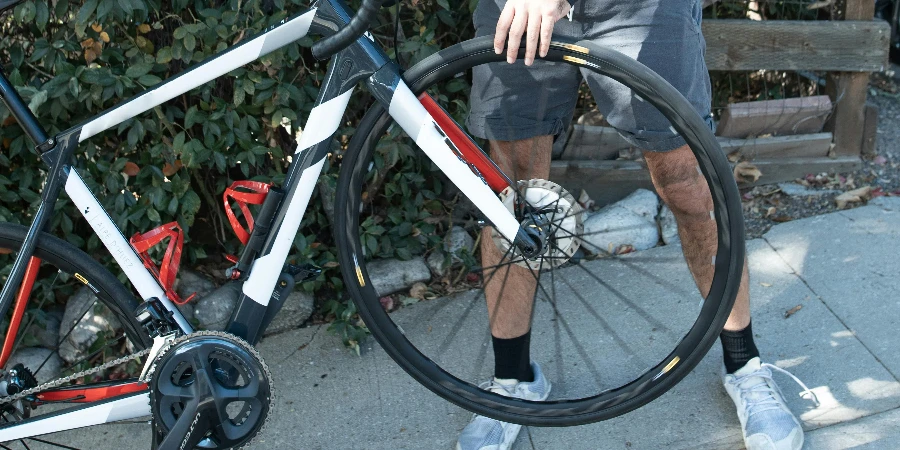Bike tire pumping is an essential activity, whether you’re cruising the paths, riding to work, or hitting the race. It’s a simple word, but its meaning carries tremendous impact on your cycling life. This article aims to provide information regarding bike tire pump features and functionality to help you make an informed decision.
Table of Contents:
– Understanding the types of bike tire pumps
– Key features to look for in a bike tire pump
– How to use a bike tire pump effectively
– Maintenance tips for bike tire pumps
– Choosing the right bike tire pump for your needs
Understanding the types of bike tire pumps
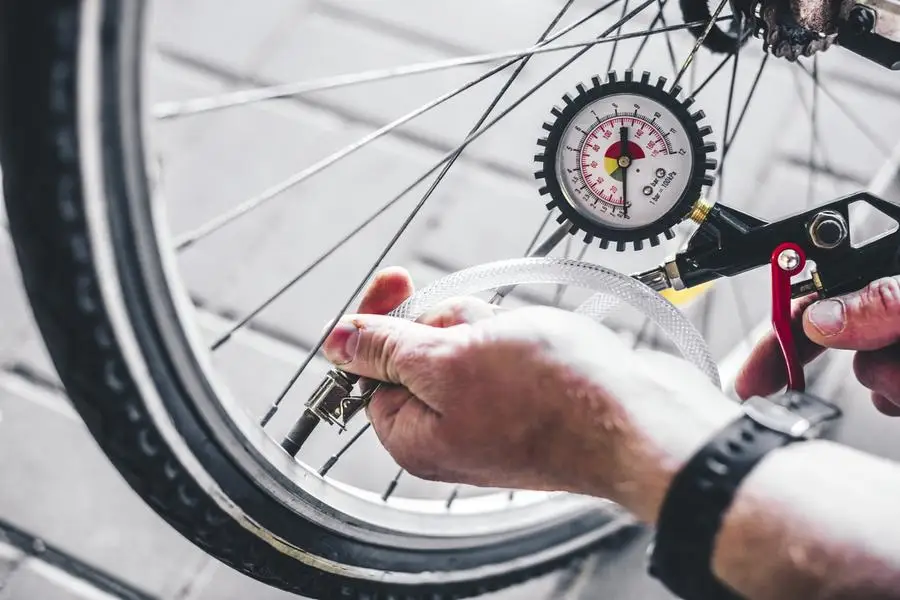
The variety of bike tire pumps
Bike tire pumps also come in many forms. A good way to start selecting the right one is understanding the different function and application of each type. One type of pumps is the floor pump, which is heavier duty than the others and is the best option for pumping from home. It’s unique feature is its ability to hold more air, which is critical if one is planning on riding for significant distance without stopping to refill the tire. The other two types of tire pump include the mini-pump for on-the-go repairs and the CO2 inflator, which is both convenient and easy to use.
The importance of valve compatibility
If you’re getting a pump for your bike tyre, keep in mind its valve compatibility. Presta and Schrader are the two major types of valves, requiring different pump heads. Some bike pumps can handle both kinds, and that’s great if you have, say, one bike with a Schrader valve and another with a Presta valve. However, you face problems if you don’t know exactly what kind of valve you have until you get the pump.
The role of pressure in cycling
Pressure is one of the most important factors for cycling performance and comfort. Each pump is tuned to fill bike tires at an optimal pressure, depending on bike type. High-pressure pumps are best for road bikes that need precision over pressure. High-volume pumps are the best option for mountain bikes that need low pressure and more volume.
Key features to look for in a bike tire pump
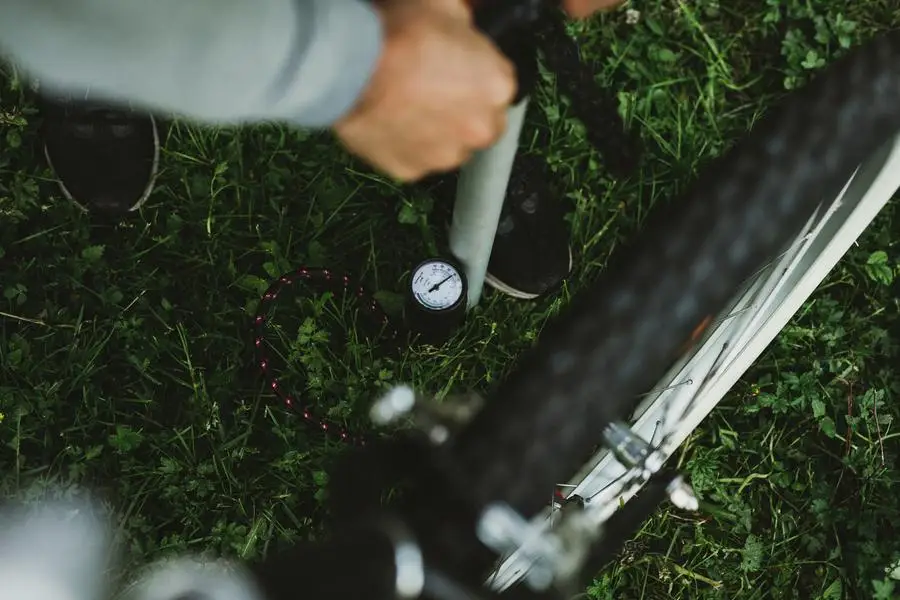
Gauge accuracy
You would never use a bike tire pump without a pressure gauge. Why? Because you need to inflate your bike tires to just the right pressure to give you the best handling and efficiency. If your tire pressure is too low, your bike won’t perform properly, and the tires will wear out more quickly. Too high and you cause the same problems. Only an accurate gauge can tell you for sure.
Durability and build quality
The material of a bike tire pump has an important role to play in the durability and the working of this device. A good and useful material, say aluminium, offers the excellent balance between lightweight design and strength. A well-designed tire pump can last longer and withstand the use in the outdoors and different weather conditions. This way, any biker will greatly benefit from buying a solid pump for their bike.
Ergonomics and ease of use
The bike tyre pump should be designed in a way that will produce optimum user satisfaction and functionality. Ergonomic features benefit the user by making it more comfortable, such as rubber inserts in the handles for gripping. The design of a stable base is also relevant, as it helps minimise discomfort caused by the often awkward position of using the pump.
It is not only a matter of comfort. A well-developed pump might be more time efficient than others. In an emergency, an easy-to-use pump saves time on performing tire repairs on the roadside.
How to use a bike tire pump effectively
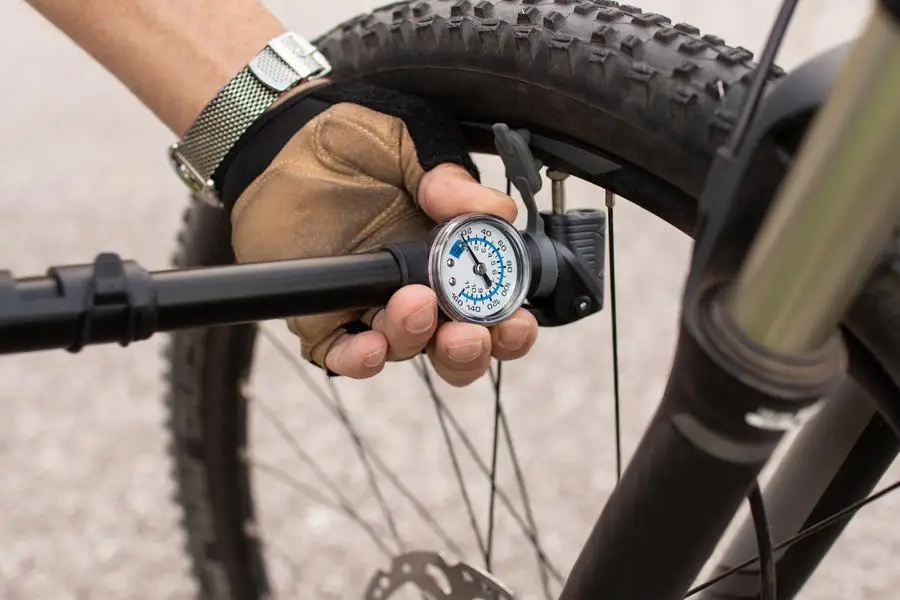
Reading and setting the correct pressure
It is essential to know how to read and set the correct tire pressure. Your tire normally has a recommended pressure range. In that case, adjust your pump to that reading. This is important because it helps your tire work well and last as long as possible. Proper inflation also reduces the risk of punctures and wears.
The technique of pumping
It also helps to use your body weight with manual pumps, and to position it exactly as you pump – these simple measures can cut effort and doubling times by a third. It’s about rhythm and mechanics.
Preventive measures to avoid damage
You may save the life of your bike tires as well as your pump, by ensuring that the pump head is tight on the valve (by giving it a quarter turn clockwise when inflating, anti-clockwise when deflating); by ensuring that when the pump is in use, its barrel is never bent; by releasing air pressure from the pump after use; and by checking the pump regularly, perhaps monthly, for leaks, punctures or wear in the pump mechanism.
Maintenance tips for bike tire pumps
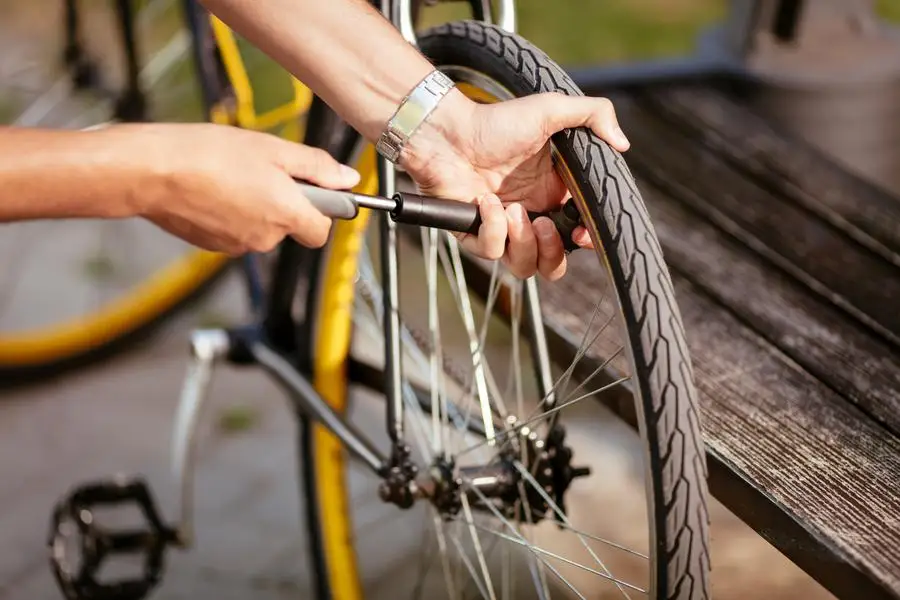
Regular cleaning and inspection
A bike tire pump is just like any other tool. It needs regular maintenance. Periodically, you should clean the head and check the hose. If it has cracks or leaks, you will have to buy a new hose so the actual pump can work properly. You won’t have to spend money on it often, but if you don’t take care of it, there could be a build-up of dirt on the head. The advantage of taking care of your pump is that it will work more reliably when you are in urgent need to work it.
Lubrication for longevity
Lubricating the moving parts of the pump, like the plunger and the seal, is a way of guaranteeing the longevity of the pump by reducing friction and putting less wear on the parts. Using the proper lubricant and ensuring that it is applied correctly will help to keep your pump in good working order.
Storage and care
From this, we can see that storing your bike tire pump in the wrong place could cause the pump to be damaged. This is because it needs to be stored in a dry place, out of dust and away from heat to avoid rust. It also needs to be kept out of the rain to avoid damage from the cold or moisture. It’s clear that storing your bike tire pump carefully and not in the wrong place can make a big difference in its useful lifespan.
Choosing the right bike tire pump for your needs
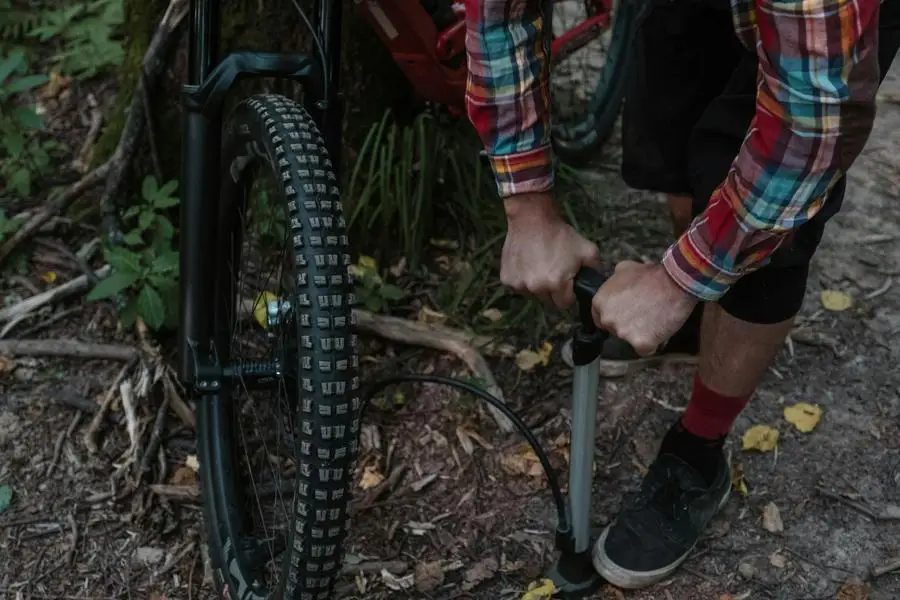
Assessing your cycling habits
Your tire pump choice should consider your riding habits. If you are a competitive road cyclist, then high-pressure floor pump with a quality pressure gauge could be a must have. Or for some mountain bikers and people who like to explore off-road, then a durable, portable pump or co2 inflator might be more appropriate.
Balancing cost and quality
Of course, budget is not to be forgotten either – but, unless you’re spending next to nothing, a good quality pump will be worth its cost in the long run. However reliable a cheap model might be, it’s likely to be less robust than a more expensive one and, because it lacks the accuracy of a more expensive pump, it might cause you to replace your tire more frequently. Money matters – choose your tool wisely.
Seeking recommendations and reviews
Looking at other cyclists’ recommendations and reviews is a good idea, not least as a way to avoid the inherent bias of a manufacturer’s advertising, and to see which product has stood up to someone else’s personal experience of using it in the real world. Joining the conversation with other cyclists is a good way to find out what works for others, and to learn how best to look after your pump.
Conclusion
To help decide which is the most suitable bike tyre pump for you, it’s important to consider the different types available, what are the key features of each one, and how they fit into your cycling needs. Importantly, it is necessary to have the proper maintenance and use of your pump in order for it to work correctly and last for a long time. By knowing your cycling habits and finding a good mix of price and quality, you can choose a pump that aligns with your cycling style and maximises your experience on the road. For casual cyclists and competition cyclists alike, the right bike tyre pump is a key item of cycling equipment.
